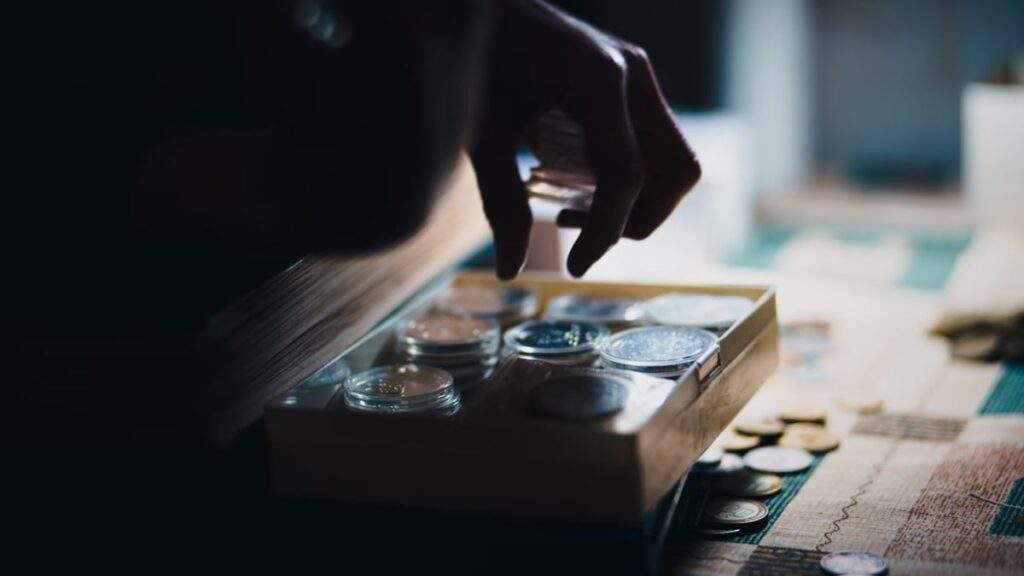Ancient Silver Coins Uncovered on Mediterranean Island
A remarkable archaeological discovery has been made on the Mediterranean island of Pantelleria, located between Sicily and Tunisia. Archaeologists from the University of Tübingen, Germany, have unearthed 27 Roman silver coins, known as "denarii," dating back over 2,000 years. The coins were found hidden in a hole in the wall during excavations at the Acropolis of Santa Teresa and San Marco.
The coins, which feature a human head profile, remain unidentified. According to archaeologist Thomas Schäfer, it is believed that the coins were hidden during one of the many pirate raids that plagued the region around 94 to 74 B.C., a period when the Roman Republic ruled. The discovery was made after earth from the site slipped following rainy weather, revealing part of the stash. The rest of the coins were found under a boulder.
The pirate attack theory is supported by the fact that pirates frequently raided coastal areas across the eastern Mediterranean until the Roman general Gnaeus Pompeius Magnus, known as Pompey the Great, defeated them in 67 B.C.
The discovery of these coins occurred near an earlier find – the heads of three Roman statues. These marble heads included portrayals of Julius Caesar, Emperor Titus, and a woman who could be Agrippina the Elder, the granddaughter of Augustus, or Antonia the Younger, daughter of Mark Antony.
The archaeological site, once a Roman settlement known as Cossyra or Cossura, remains untouched by looters and features an assembly area known as a "comitium." Only five such locations have been found in Italy, making this a significant and well-preserved find.
This remarkable discovery provides a unique glimpse into the history of the region and the Roman Republic. The find is a testament to the importance of archaeological excavations and the secrets they can uncover.
